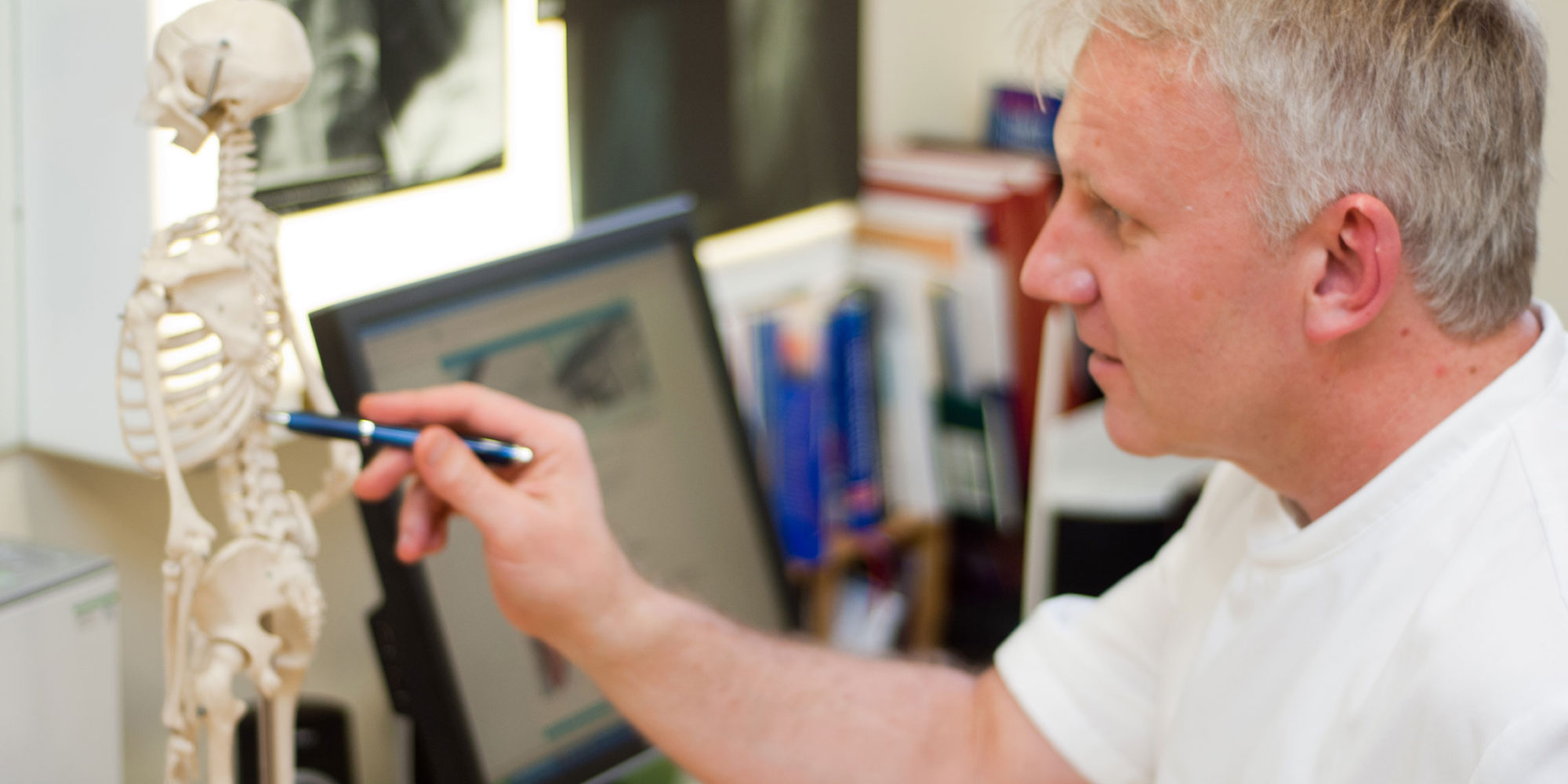British Chiropractic Association offers advice to keep you standing tall
Our bodies are very well adapted to a variety of tasks, but we need to be careful not to take advantage of this and push our bodies to breaking point!
Lifting
Firstly, face the direction in which you want to carry the weight. Always lift using a relaxed, straight back. Make sure your legs are at least your hips’ width apart with the knees bent. Keep your head and shoulders directly above your waist and keep the weight you are carrying as close to you as possible – avoid twisting.
Avoid bending from the waist, which increases the stress on your lower back. Never keep the knees straight, as this will lead to over-stretching and damage to your back and never lift while twisting from the waist.
Try and lift with a ‘broad base’ i.e. your feet about shoulder width apart or more. This will make you more stable.
Don’t lift with your arms straight out, keep the elbows bent and to your side to minimise the stress on your back.
Make sure you balance or secure the weight before you start moving. (It is easier to carry a bowling ball in a bowling ball bag than in large cardboard box where it can roll around.)
Putting the weight down can often cause just as many injuries as lifting it up. If possible, put the weight on something waist height rather than the floor. If you do have to put it on the floor, try and keep you shoulders hips and knees pointing in the same direction, have a ‘wide base’ and bend your knees rather than your back.
Loading and Unloading
Loading a weight into a car or van is difficult at the best of times, so it is even more important to use the best technique possible. If you have been sitting in the car/van for a while, go for a short walk to loosen your muscles and joints before lifting. Having lifted the weight, rest it on the bumper where possible and then push it into the vehicle, keeping your back straight and your knees bent. Always put lighter objects in first, pushing towards the back, so that it is not too strenuous to push them in or to pull them out when you reach your destination.
It is not just the weight, but the size and shape of an object that can make it hard to carry so, where possible, break loads into smaller and more manageable chunks.
Never lift and then twist and avoid the temptation to straighten your legs. This is just as important when taking bags or boxes out of the vehicle.
Don’t try and lift more than one or two carrier bags out at a time, especially if you’ve had a bad back in the past.
Putting babies in the car
When putting your baby into the car, hold the baby close to you as you move towards the vehicle. Keep your back straight and only bend your knees when you have got as close to the car seat as possible. Only at this stage should you reach out to put the baby in the seat. If you’re carrying the baby in a chair, rest the chair on the edge of the car seat, then manoeuvre it into position within the car, keeping your knees bent and back straight.
Don’t try to reach out too early and avoid bending from the waist.
Further information about chiropractic can be obtained by watching the informational videos in the video section of our website.

